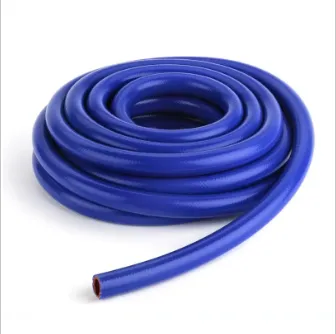
- Afrikaans
- Albanian
- Amharic
- Arabic
- Armenian
- Azerbaijani
- Basque
- Belarusian
- Bengali
- Bosnian
- Bulgarian
- Catalan
- Cebuano
- Corsican
- Croatian
- Czech
- Danish
- Dutch
- English
- Esperanto
- Estonian
- Finnish
- French
- Frisian
- Galician
- Georgian
- German
- Greek
- Gujarati
- haitian_creole
- hausa
- hawaiian
- Hebrew
- Hindi
- Miao
- Hungarian
- Icelandic
- igbo
- Indonesian
- irish
- Italian
- Japanese
- Javanese
- Kannada
- kazakh
- Khmer
- Rwandese
- Korean
- Kurdish
- Kyrgyz
- Lao
- Latin
- Latvian
- Lithuanian
- Luxembourgish
- Macedonian
- Malgashi
- Malay
- Malayalam
- Maltese
- Maori
- Marathi
- Mongolian
- Myanmar
- Nepali
- Norwegian
- Norwegian
- Occitan
- Pashto
- Persian
- Polish
- Portuguese
- Punjabi
- Romanian
- Russian
- Samoan
- scottish-gaelic
- Serbian
- Sesotho
- Shona
- Sindhi
- Sinhala
- Slovak
- Slovenian
- Somali
- Spanish
- Sundanese
- Swahili
- Swedish
- Tagalog
- Tajik
- Tamil
- Tatar
- Telugu
- Thai
- Turkish
- Turkmen
- Ukrainian
- Urdu
- Uighur
- Uzbek
- Vietnamese
- Welsh
- Bantu
- Yiddish
- Yoruba
- Zulu

ກ.ພ. . 17, 2025 18:10 Back to list
cryogenic flexible hose


Similarly, in the food and beverage industry, cryogenic hoses are used in processes such as flash freezing, where rapid and uniform cooling is achieved to preserve quality and extend shelf life. Here, the hoses' ability to maintain consistent low temperatures is vital for operation efficiency and product quality. Research and development continue to advance the capabilities of cryogenic flexible hoses. Innovations focus on enhancing flexibility, reducing weight, and improving ease of installation without compromising safety or performance. As new materials and manufacturing techniques emerge, the future of cryogenic hose technology promises even greater efficiency and reliability. The expertise of manufacturers and the availability of detailed product specifications are pivotal in guiding users towards the appropriate hose for their specific requirements. An authoritative manufacturer not only provides high-quality products but also offers expert guidance and exceptional support, ensuring users can make informed decisions tailored to their unique applications. In conclusion, cryogenic flexible hoses are a cornerstone of industries relying on cryogenic fluids. They offer high performance, safety, and efficiency, underscored by rigorous standards and continual innovation. Selecting the right hose involves a comprehensive understanding of material properties, construction, and industry standards. As these hoses continue to evolve, their role in ensuring operational success becomes increasingly significant, affirming their indispensable status in modern technology and industry practices.
Latest News
Steel Wire Reinforced Hydraulic Hose SAE 100 R1 / EN853 1SN S
NewsOct.17,2024
Two Layers Steel Wire Reinforced Hydraulic Hose SAE 100 R2 / EN853 2SN
NewsSep.03,2024
Textile Braid Reinforced Hydraulic Hose SAE100 R3+R6
NewsSep.03,2024
Textile Reinforced Hydraulic oil Suction Hose with embedded Steel Wire SAE 100 R4
NewsSep.03,2024
Single Wire Braid and Textile Covered Hydraulic Hose SAE 100 R5
NewsSep.03,2024
High Pressure Thermoplastic Hydraulic Hose SAE 100 R7 / EN855 R7 - SAE 100 R8 / EN855 R8
NewsSep.03,2024
Heavy Duty Four-layer Steel Wire Spiral Reinforced Hydraulic Hose SAE100R9+R10+R12
NewsSep.03,2024
Heavy Duty Multi-layer Steel Wire Reinforced Hydraulic Hose SAE100R13 SAE100R15
NewsSep.03,2024
Latest Products










